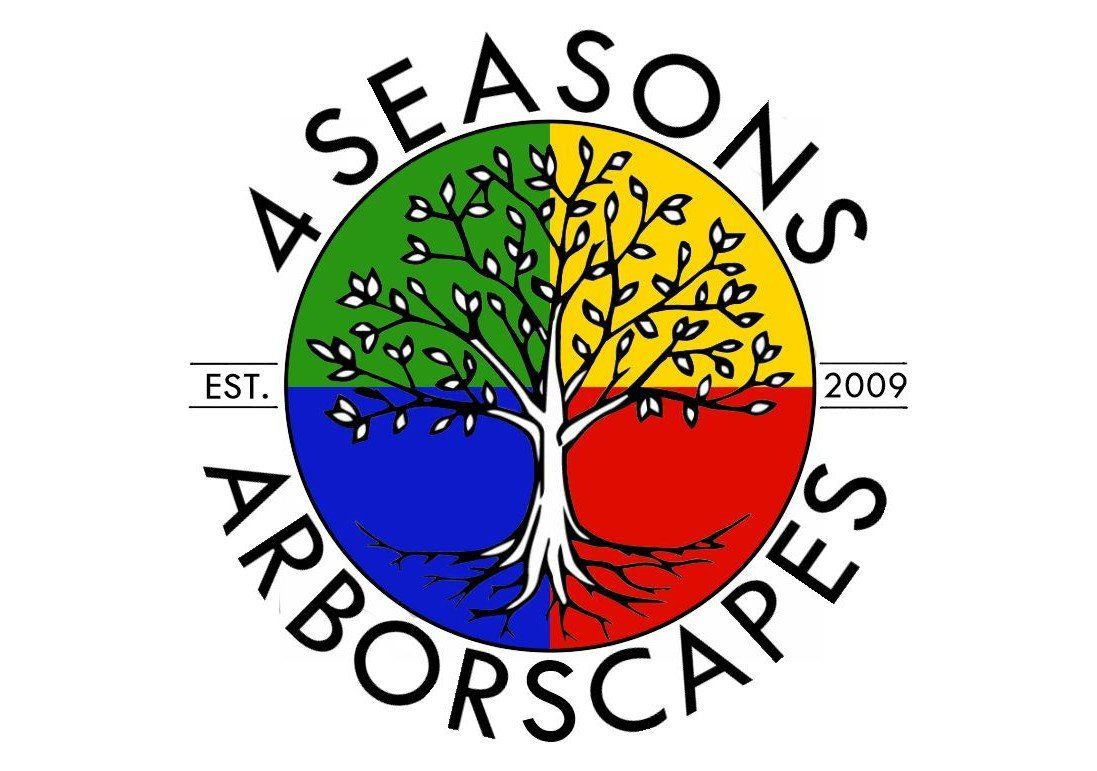The American Holly
The American holly (Ilex opaca) is an iconic tree, especially recognized during the Christmas season for its striking red berries and glossy, deep-green foliage. Native to the eastern United States, this evergreen species not only adds to the beauty of landscapes year-round but also serves as an important resource for local wildlife.
Growing up to 50 feet tall with a spread of 15–25 feet, the American holly has a naturally pyramidal or conical shape, making it a great addition to gardens, parks, and natural areas. Its thick, dark-green leaves are leathery in texture and feature sharp, spiny edges, providing year-round color that brightens winter landscapes when other trees are bare. In fall, the tree produces clusters of vibrant red berries, which linger throughout the winter months, offering a visually stunning contrast against its foliage.
Beyond aesthetics, the American holly plays a significant ecological role. Its berries, though mildly toxic to humans, are a valuable food source for many bird species, including robins, cedar waxwings, and bluebirds, during the scarce winter months. The dense foliage also offers excellent shelter for birds and small mammals. Additionally, this hardy tree is tolerant of a range of soil types and conditions, making it a versatile choice for landscaping projects focused on both ornamental appeal and environmental benefit.
Optimal Growing Conditions for the American Holly
The American holly is a hardy and versatile tree, suitable for USDA zones 5–9. It can withstand both heat and cold, though it thrives in regions with humid summers and mild winters. This adaptability makes it a popular choice for diverse climates. The tree prefers acidic, well-drained soil but is remarkably tolerant of various soil types, including sandy, loamy, and even clay soils. While it grows well in full sun to partial shade, it performs best when it receives at least a few hours of direct sunlight each day.
Young American holly trees require consistent watering, particularly during dry spells, to establish strong roots. Once mature, the tree becomes relatively drought-tolerant, making it a low-maintenance option for many landscapes. Mulching around the base can help retain soil moisture and regulate temperature, which is especially beneficial for younger trees.
Pruning is typically minimal, as the tree naturally maintains its elegant pyramidal shape. Late winter or early spring is the best time to prune, allowing you to remove damaged or diseased branches and encourage healthy growth before the growing season. Fertilizing with an acidic, slow-release fertilizer in spring can enhance growth and increase berry production, especially if the soil is less than ideal.
The American holly is relatively resistant to pests and diseases, contributing to its reputation as a resilient species. However, it may occasionally encounter minor issues such as leaf spot, scale insects, or sooty mold. Proper care, including good air circulation and avoiding overwatering, can help prevent these problems.
With its adaptability and low-maintenance requirements, the American holly is an excellent choice for homeowners and landscapers seeking a tree that combines beauty with practicality, while also providing ecological benefits.
Ecological Benefits of American Hollies
The berries of the American holly play a vital ecological role, serving as a critical winter food source for a variety of bird species, including robins, thrushes, bluebirds, and cedar waxwings. These vibrant red fruits, which persist through the colder months, are especially important during times when other natural food supplies are scarce. While mildly toxic to humans, the berries provide essential sustenance for wildlife, helping birds maintain their energy and survive harsh conditions.
Beyond its berries, the American holly's dense, evergreen foliage offers excellent shelter for birds and small mammals, making it a refuge during the winter months when deciduous trees have shed their leaves. This protective cover can shield wildlife from predators and harsh weather, further enhancing the tree’s ecological value.
In spring, the American holly contributes to the pollination cycle with its small, inconspicuous flowers. While these blooms are not showy, they produce nectar that attracts bees and other pollinators, supporting the broader ecosystem. As a dioecious species, American holly trees have male and female plants, and pollination is essential for the females to produce their signature berries. Planting both male and female trees in proximity ensures successful pollination and berry production, benefiting both the landscape and the wildlife it supports.
The American holly is more than a decorative plant—it’s a vital component of the ecosystem, offering year-round benefits for wildlife and promoting biodiversity in gardens, parks, and natural areas.
Landscape Uses for American Holly
The American holly (Ilex opaca) is a versatile and visually striking tree, making it a favorite in both functional and ornamental landscaping. Its dense growth habit and evergreen foliage provide year-round coverage, making it an excellent choice for creating privacy screens or hedges. The tree’s natural pyramidal form and slow-to-moderate growth rate allow it to develop into a low-maintenance barrier that effectively blocks unwanted views, reduces noise, and provides wind protection.
In addition to its practical uses, the American holly’s striking appearance makes it a standout feature in any landscape design. The contrast between its glossy, dark-green leaves and vibrant red berries creates a bold and elegant aesthetic, particularly in winter, when other plants are dormant. This visual appeal makes it a popular choice as a focal point in gardens, entryways, or mixed plantings, where it adds both beauty and structure.
Beyond landscaping, the American holly has long been associated with holiday traditions. Its branches, adorned with festive berries and spiny green leaves, are a timeless choice for seasonal décor. They are commonly used to craft wreaths, garlands, and table centerpieces, bringing a touch of natural elegance to indoor and outdoor holiday displays. These decorations not only symbolize the festive spirit but also celebrate the enduring beauty of this iconic tree.
With its combination of practicality, aesthetic value, and cultural significance, the American holly remains a cherished addition to gardens and holiday traditions alike.
Interesting Facts About the American Holly
- The American holly is dioecious, meaning there are separate male and female plants. Only female trees produce berries, so a male tree is required nearby for pollination.
- Native Americans used American holly wood to make items like arrows and canoes, while early European settlers valued it for decorations and woodwork.
- Holly has been associated with protection, good fortune, and peace for centuries and is often linked with Christmas traditions.
Other Members of the Holly Species
English Holly (Ilex aquifolium): English holly is often compared to American holly due to its similar glossy green leaves and bright red berries. However, English holly typically has more pronounced, spikier leaf edges, giving it a sharper appearance. It is also known for its more compact growth habit, often growing between 15 and 30 feet tall, making it a preferred choice for smaller landscapes or formal garden settings. This species is native to Europe, western Asia, and North Africa but has become widely cultivated in North America. English holly thrives in USDA zones 6–8 and prefers well-drained, slightly acidic soil. Its dense foliage and tolerance for pruning make it a popular choice for hedges, privacy screens, and topiary. Additionally, English holly branches are a traditional staple in Christmas decorations, particularly in Europe, symbolizing the festive season.
Winterberry (Ilex verticillata): Winterberry, a deciduous holly species native to North America, stands out for its unique seasonal characteristics. Unlike evergreen hollies, Winterberry sheds its leaves in the fall, leaving behind an eye-catching display of vibrant red berries that persist through the winter months. This striking feature makes it a favorite for ornamental use in gardens and holiday décor, as the bare branches with clusters of berries add a dramatic and festive touch. Winterberry typically grows as a multi-stemmed shrub, reaching heights of 6–15 feet, and thrives in USDA zones 3–9. It is highly adaptable, tolerating wet soils and thriving in full sun to partial shade. This makes it an excellent choice for planting near ponds, rain gardens, or low-lying areas. Birds are drawn to its berries, which provide an essential food source during winter. Male and female plants are required for fruit production, so both should be included in the landscape for a successful display of berries.
Conclusion
The American holly is a tree that seamlessly blends aesthetic appeal with ecological functionality, making it an outstanding addition to any landscape. Its evergreen foliage provides year-round greenery, while its vibrant red berries offer a striking contrast that brightens even the dullest winter days.
Whether you’re seeking a practical privacy solution, a source of winter cheer, or a tree that supports local wildlife, the American holly stands as a versatile and enriching choice. Its ability to thrive in diverse conditions while offering beauty and ecological value makes it a lasting treasure for gardens, parks, and natural spaces.
References:
Ilex opaca - Wikipedia
20 Intriguing Facts About American Holly - Facts.net
Ilex opaca (American Holly, Holly, Winterberry) | North Carolina Extension Gardener Plant Toolbox
| Arbor Day Foundation
Images - Canva
Check out the latest...








